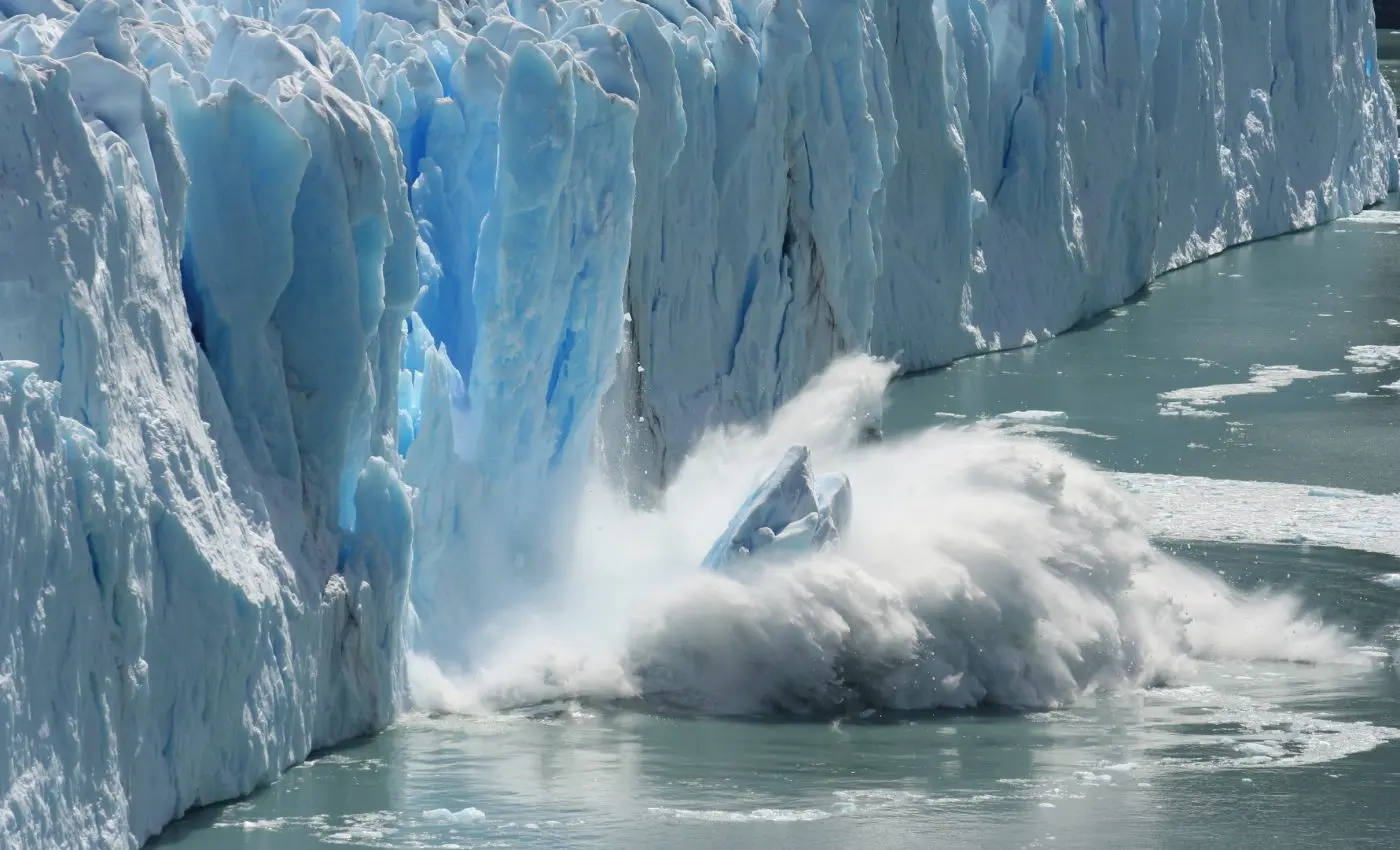
Damage intensity increases ice mass loss from Thwaites Glacier, Antarctica
Our results indicate that, when accounting for ice damage mechanics, the ice-sheet model captures the observed ice geometry and mass balance of Thwaites Glacier during the historical period (1990–2020). On multidecadal–centennial timescales, ice damage facilitates the collapse of Thwaites Glacier, significantly increasing ice mass loss. When extending simulations to the year 2300, we show that accounting for ice damage results in more than twice the ice mass loss compared to simulations that neglect ice damage mechanics. This study highlights the necessity of explicitly representing ice damage processes in ice-sheet models to improve projections of future ice loss and sea-level rise.
In this study, the numerical ice-sheet model Kori-ULB (Pattyn, 2017; Coulon et al., 2024), modified to explicitly represent continuum damage mechanics (Sun et al., 2017), is used to investigate the impact of ice damage on the present and near-future evolution of the TG basin.